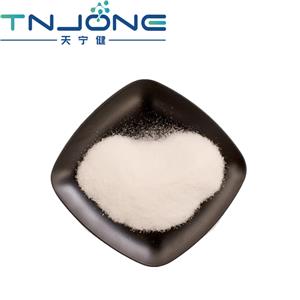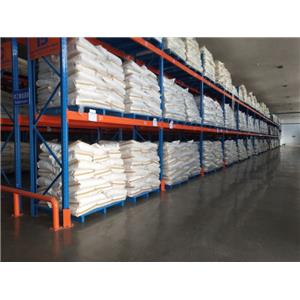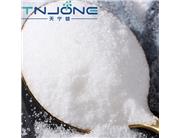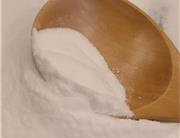Factory Provide Pharmaceutical Grade CAS 81129-83-1 Cilastatin Sodium API

Introduction
Product Name : Cilastatin Sodium
Other name:2-heptenoicacid,7-((2-amino-2-carboxyethyl)thio)-2-(((2,2-dimethylcyclopropyl;l642957;monosodiumsalt,(r-(r*,s*(z)))-)carbonyl)amino);
CAS No.: 81129-83-1
Molecular Formula: C16H25N2O5S.Na
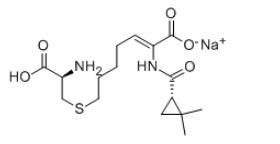
Molecular Weight: 380.44
Specification:99%
Appearance: White powder or crystal
Melting Point :>160°C (dec.)
Boiling Point :87℃(Predicted)
Storage :Keep in dark place,Sealed in dry,Store in freezer, under -20°C
Cilastatin has antibacterial effects on Gram-positive and negative aerobic and anaerobes. The antibacterial spectrum includes Streptococcus, Staphylococcus aureus, Escherichia coli, Klebsiella, some strains of Acinetobacter, Haemophilus bacillus, Proteus, Serratia, Pseudomonas aeruginosa, etc. Clinically, it is mainly used for respiratory tract infections, biliary tract infections, urinary system and abdominal cavity infections, skin and soft tissues, bones and joints, gynecological infections caused by gram-positive bacteria, negative bacteria, and anaerobic bacteria.
Application
The monosodium salt of cilastatin. It is an inhibitor of dehydropeptidase I (membrane dipeptidase, 3.4.13.19), an enzyme found in the brush border of renal tubes and responsible for degrading the antibiotic imipenem. Cilastatin sodium is therefore administ red with imipenem to prolong the antibacterial effect of the latter by preventing its renal metabolism to microbiologically inactive and potentially nephrotoxic products.
Biological ActivityDipeptidase inhibitor (LTDase, leukotriene D4 hydrolase, dehydropeptidase I) that displays a K i value of 0.11 μ M. Inhibits metabolism of LTD 4 to LTE 4 and the hydrolysis of β -lactam antibiotics. Nephroprotective; reduces toxic accumulation of cyclosporin A in kidney proximal tubule epithelial cells.


 China
China
